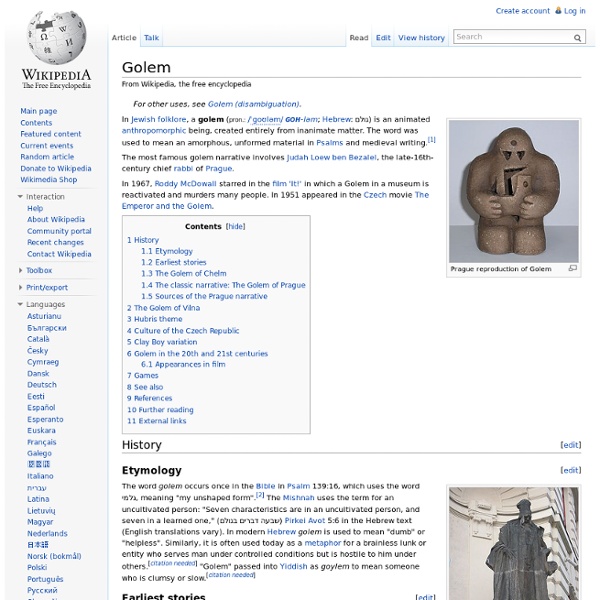Ignacio Padilla
Ignacio Padilla (Ciudad de México, 1968), escritor mexicano del grupo literario Crack o Generación del Crack. Biografía[editar] Realizó sus estudios de preparatoria en el Centro Universitario México, y posteriormente se licenció en Comunicación por la Universidad Iberoamericana, maestro en Literatura inglesa en la Universidad de Edimburgo y doctor en Literatura española e hispanoamericana en Salamanca. A mediados de los 90, Padilla trabajaba como director editorial de la revista Playboy y publicaba su columna "El baúl de los cadáveres" en el suplemento Sábado. Fue agregado cultural de la Embajada de México en la Gran Bretaña (2001-2003); publicó entonces Crónicas africanas, una serie de artículos que había publicado ya en el suplemento Nostromo sobre la experiencia de Padilla al vivir durante dos años de la preparatoria en Swazilandia, viaje que incluso llevó al autor a convertirse en reo de muerte, acusado de ser uno de los terroristas que habían explotado una bomba en Zambia.
Uróboros
Uróboros o uroboros. En la iconografía alquímica el color verde se asocia con el principio mientras que el rojo simboliza la consumación del objetivo del Magnum Opus (la Gran Obra). El uróboros (también ouroboros o uroboros) (del griego «ουροβóρος», "uróvoro", a su vez de oyrá, "cola", y borá, "alimento") es un símbolo que muestra a un animal serpentiforme que engulle su propia cola y que conforma, con su cuerpo, una forma circular. El uróboros simboliza el ciclo eterno de las cosas, también el esfuerzo eterno, la lucha eterna o bien el esfuerzo inútil, ya que el ciclo vuelve a comenzar a pesar de las acciones para impedirlo. Generalidades[editar] El uróboros es un concepto empleado en diversas culturas a lo largo de al menos los últimos 3000 años. En la alquimia[editar] En la cultura popular[editar] Un gusano, un pez, un dragón, una serpiente o un animal de forma alargada más o menos serpentiforme cubierto de escamas, pelo, con patas o sin ellas, etcétera. Véase también[editar] masonería
350 Free Online Courses from Top Universities
Take online courses from the world’s top universities for free. Below, you will find 1,700 free online courses from universities like Yale, MIT, Harvard, Oxford and more. Our site also features collections of Online Certificate Programs and Online Degree & Mini-Degree Programs. Note: This page includes a lot of Massive Open Online Courses (MOOCs). Humanities & Social Sciences Archaeology Courses Archaeology: from Dig to Lab and Beyond – Massive Open Online Course (MOOC) – University of ReadingHannibal – Free Online Course – Patrick Hunt, StanfordOsteoarchaeology: The Truth in Our Bones – Massive Open Online Course (MOOC) – Andrea Waters-Rist, Universiteit LeidenPyramids of Giza: Ancient Egyptian Art and Archaeology – Massive Open Online Course (MOOC) – Peter Der Manuelian, HarvardRoman Art and Archaeology – Massive Open Online Course (MOOC) – David Soren, University of ArizonaThe Changing Landscape of Ancient Rome. Art & Art History Courses Classics Courses Communication Courses Food Courses
La vida breve (novela)
La vida breve (Sudamericana, 1950) es, posiblemente, la novela más importante y conocida del escritor uruguayo Juan Carlos Onetti (Montevideo, Uruguay, 1909 - Madrid, España, 1994), cuya acción se desarrolla, básicamente, entre Buenos Aires y la mítica Santa María — ciudad ficticia y casi onírica en la que transcurren, también, "El astillero" (1961) y "Juntacadáveres" (1964). El protagonista de esta novela es Juan María Brausen, quien inventa un personaje llamado Diaz Grey doctor de Santa María, que viene a ser un escape a la realidad de su vida mediocre



